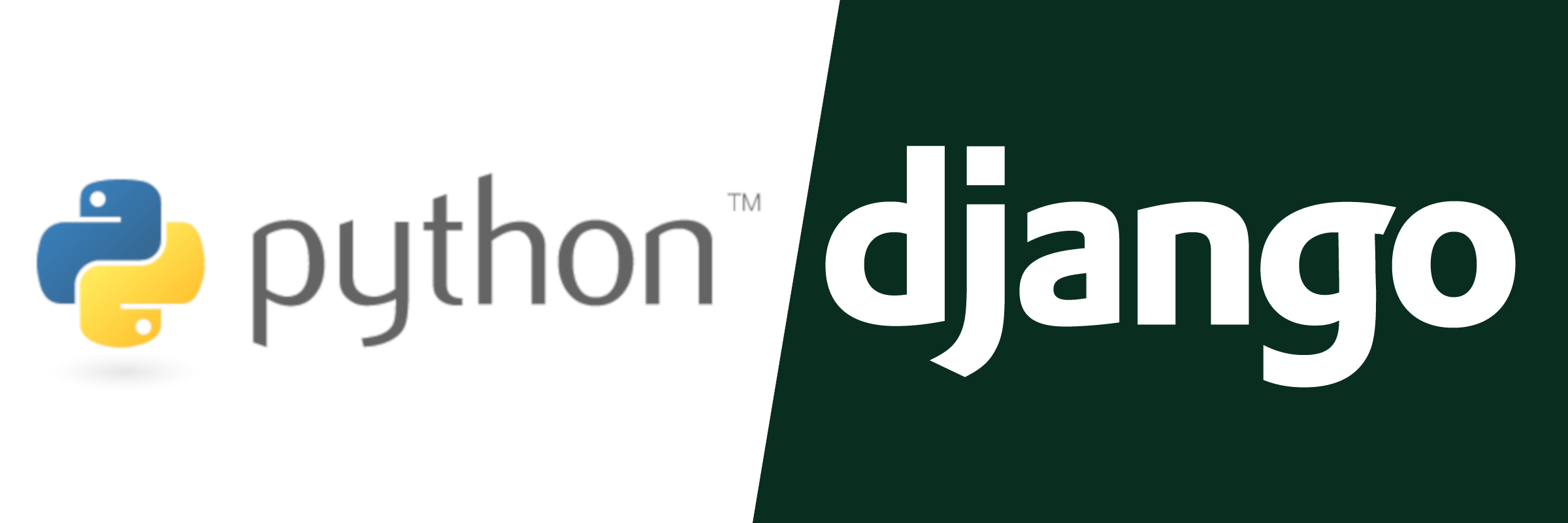Notes
In this episode, I integrated customer documentation into the app. I showed how to build Sphinx documentation into a Django project, then created a help view to link to the docs. Finally, I added documentation building to the deployment process.
I previously created a Sphinx documentation project to hold docs for my app, but I had not hooked the docs into my project yet. Before hooking it in, I explained how Sphinx works and how I customized the documentation to fit with my project.
I started by integrating documentation building into my Continuous Integration tools. This will check to make sure that my docs continue to build so that I’ll know that things are safe to deploy.
After adding to CI, I plugged the generated documentation into the Django app so that WhiteNoise could show the files. I did this by using my custom version of the WhiteNoise middleware that can add any extra static files that I want.
Once the docs could be served by the app, I changed the footer to point to the documentation. After playing with that, I realized that I want a help page before directing users straight to the documentation.
I created a new view to describe how users can get help. In this view, I included a support email address. We wrote some tests to make sure it all worked.
To finish off the effort, I added documentation building to the deployment process so that Heroku will also have the generated documentation. We also added a step to make sure that Heroku will have compressed versions of the documentation that WhiteNoise can serve like gzip or brotli versions.
At the end of the stream, I talked about some of the projects that I’m going to tackle for next year.
